These are the 10 most stylish men in literature, ranked
From Jack Carter to Jay Gatsby, we’ve flicked through the pages of novels and plays to find the best examples of sharply-dressed characters
There are plenty of well-dressed men to be found in literature. Dorian Gray sashayed stylishly through the pages of Oscar Wilde’s 1890 novel. Heathcliff and Hamlet both used black to represent their angst and anger. And Mr. Darcy is so nattily dressed in Jane Austen’s Pride and Prejudice that he might as well be called ‘Mr. Dandy’.
But ‘well-dressed’ is not necessarily ‘stylish’. Style requires more than rules; it needs panache, pizzazz and a healthy dose of individuality. Thankfully, there are authors will skill enough and characters will style enough to turn heads even from a turned page. Here, we’ve ranked the 10 most stylish men in literature…
#10: Jack Carter, from ‘Jack's Return Home’

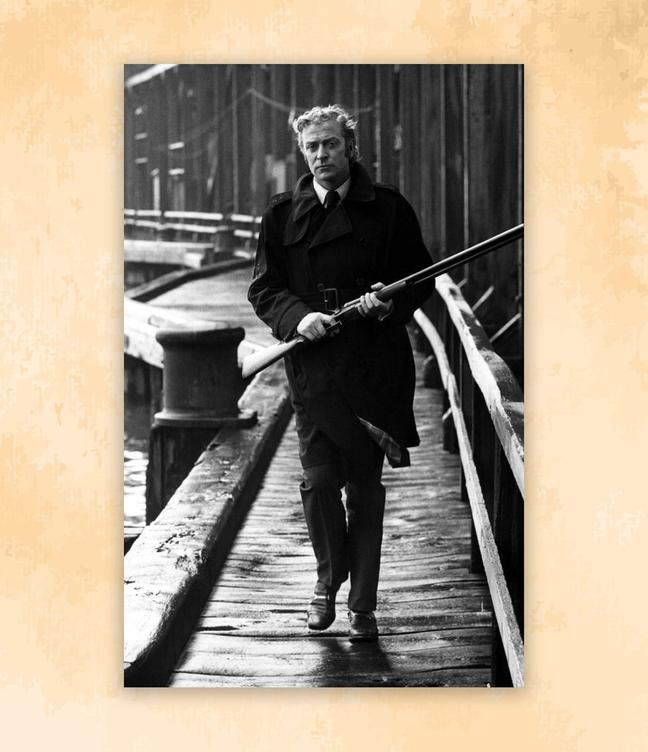
Who is he? The hard-hitting, heavy-drinking protagonist of Ted Lewis’ 1970 novel. Famously played by Michael Caine in the 1971 film adaptation, he is a merciless London mob enforcer on a mission of vengeance in the North.
What does he wear? Much the same as he does in the seminal British film. Sharp-suited at most times (and birthday-suited during others), Carter is a man with a mob-funded wardrobe stuffed with trim tailoring.
Why does he make the cut? From his “black mohair socks” to his cufflinks, Carter is a character who respects his accessories. He even ensures his tie is properly knotted before getting into a gunfight/car chase combo.
#9: Arsène Lupin, from ‘The Arrest of Arsène Lupin’ and others

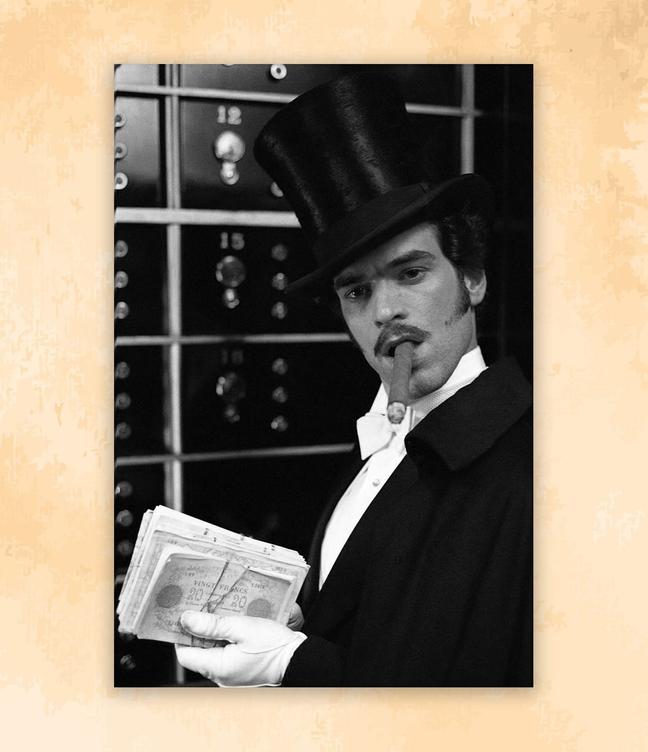
Who is he? A creation of French author Maurice Leblanc. Recently the inspiration of Netflix’s Lupin, the original Arsène featured in 17 novels and 39 novellas by Leblanc as a gentleman thief and master of disguise.
What does he wear? Interestingly, we’re not sure. Despite being constantly referred to as ‘suave’, and ‘the man of a thousand disguises’, Leblanc was curiously vague when it came to Lupin’s exact ensembles.
Why does he make the cut? Because of André Brulé. When the actor played Lupin at Paris’ Théâtre de l’Athénée in 1908, he wore a monocle, top hat and tuxedo with white gloves. This suitably ‘suave’ look has become Lupin’s legacy.
#8: Holden Caulfield, from ‘The Catcher in the Rye’
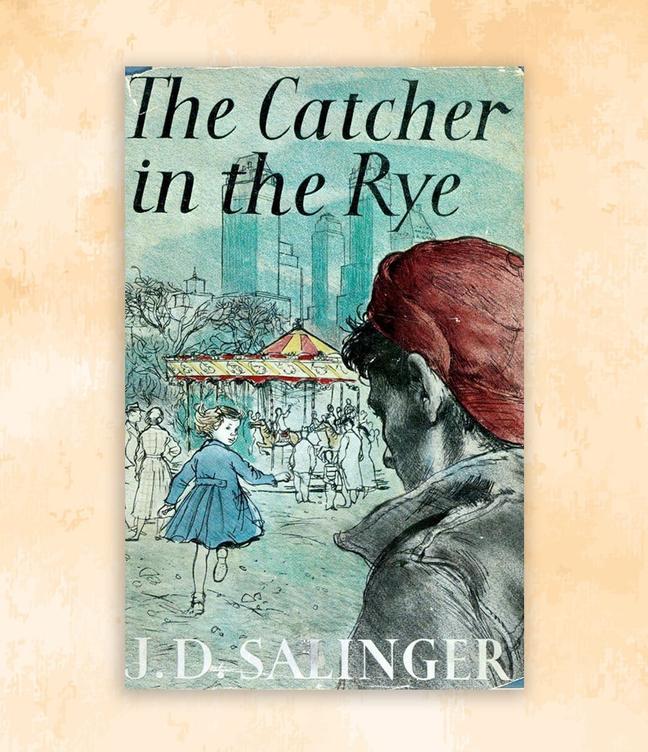

Who is he? J. D. Salinger’s most troubled, talked-about leading teen. Depressed, sensitive and rebellious, he is expelled from prep school and narrates his misadventures around an angst-riddled New York City.
What does he wear? To all intents and purposes, nothing special. There’s a coat, a shirt and a tie. But then there’s a hat; “this red hunting hat,” Caulfield narrates, “with one of those very, very long peaks”
Why does he make the cut? Because of said hat. Caulfield’s style stems from the simple fact that he doesn’t care about other people’s opinions. “With the peak around to the back,” he’s a trend-setter. And, as he repeatedly tells us; “I really got a bang out of that hat”.
#7: Philip Marlowe, from ‘The Big Sleep’ and others

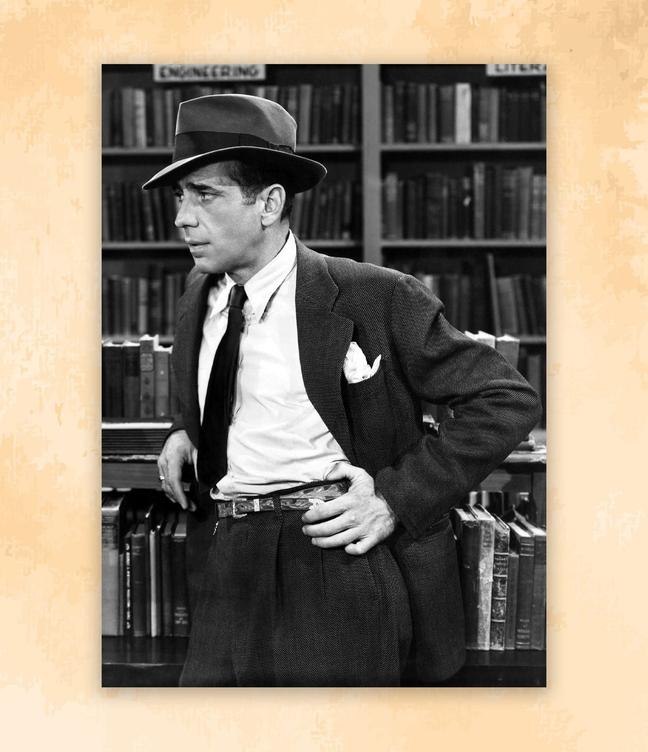
Who is he? The exemplification of the hard-boiled gumshoe. Created by Raymond Chandler in 1939, Marlow was a wise-cracking, hard-drinking private eye who scoured the streets of a seamy Los Angeles for answers.
What does he wear? In the first lines of his first appearance, Marlowe tells the reader “everything the well-dressed private detective ought to be”. It’s a sharply-written, sharply-dressed insight and introduction to the character.
Why does he make the cut? Because of that very description; “I was wearing my powder-blue suit, with dark blue shirt, tie and display handkerchief, black brogues, black wool socks with dark blue clocks on them”.
#6: Rick Blaine, from ‘Everybody Comes to Rick’s’
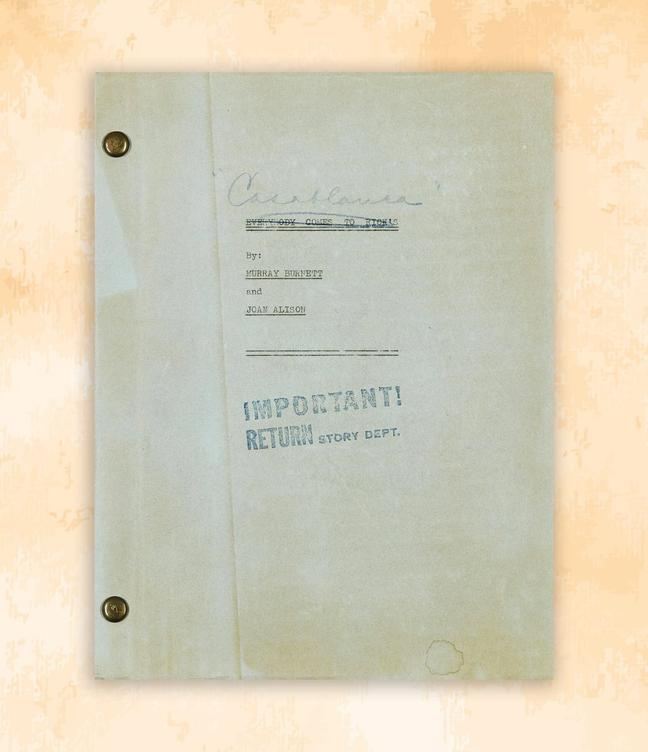
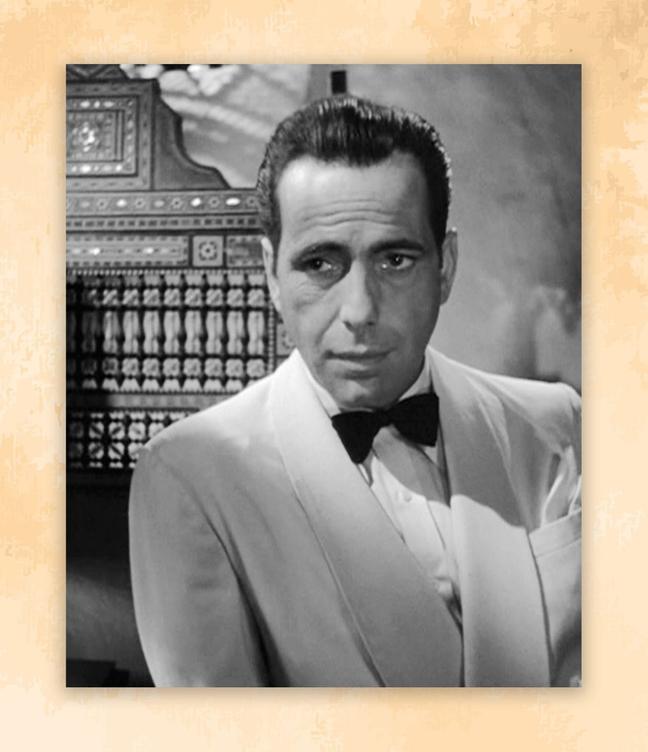
Who is he? The lead character in Murray Burnett and Joan Alison’s unproduced 1940 play, Everybody Comes to Rick’s. The piece of writing, of course, went on to be adapted for film as Casablanca, with Humphrey Bogart playing Blaine.
What does he wear? Unlike Bogart’s famous Burberry trench and fedora, the play’s Blaine spends the first act in a tuxedo with white summer jacket. But his real style masterstroke comes later down the line.
Why does he make the cut? Because, in Act II, Blaine “is dressed in slacks, sport shirt, espadrilles on his feet — and a jacket and scarf complete his costume”. It’s an oddly modern ensemble — and a get-up that gives us a man before his time.
#5: Atticus Finch, from ‘To Kill a Mockingbird’


Who is he? A lawyer and resident of the fictional Maycomb County where Harper Lee set her Pulitzer Prize-winning 1960 novel, To Kill a Mockingbird. Written as a staunch, unwavering and moral man, he is considered one of America’s most heroic fictional characters.
What does he wear? Similarly stoic clothing. “His vest was buttoned,” Lee writes of Finch, “his collar and tie were neatly in place, his watch-chain glistened, he was his impassive self again.”
Why does he make the cut? Because of his reliable, dependable elegance. It may not turn heads, but “the faint crackle” of Finch’s “starched light blue cloth shirts” show that he is a man with a reverence and respect for timeless style.
#4: Dickie Greenleaf, from ‘The Talented Mr. Ripley’
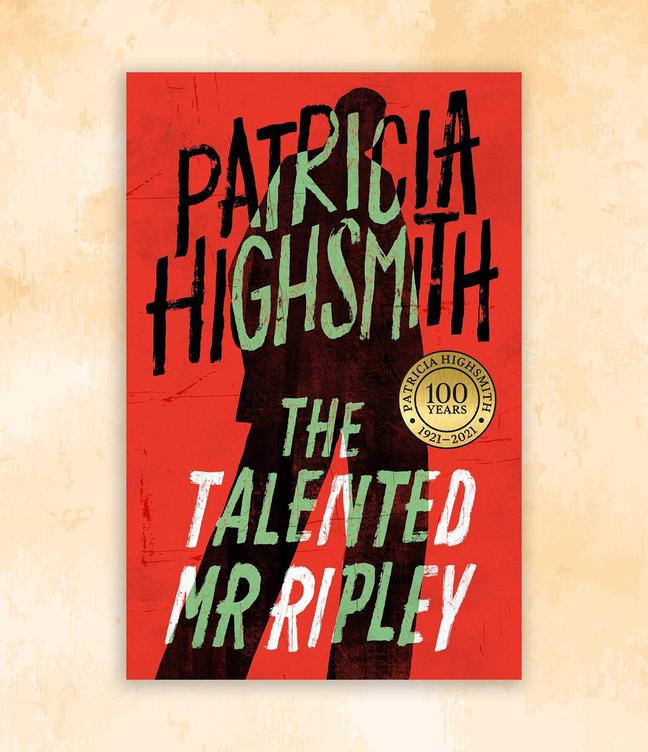

Who is he? The errant son of shipping magnate Herbert Greenleaf, and the young man who falls victim to confidence trickster Tom Ripley in Patricia Highsmith’s riveting, unsettling The Talented Mr. Ripley.
What does he wear? “Black woollen socks from Brooks Brothers”, “white duck trousers and a terra cotta linen shirt” and two rings; “a large rectangular green stone set in gold” and “a signet ring, larger and more ornate”.
Why does he make the cut? Because his style is written by Highsmith so beautifully. A passage where Ripley dresses up in Greenleaf’s “freshly pressed, new-looking gray flannel suit” borders on titillation.
#3: James Bond, from ‘Casino Royale’ and others

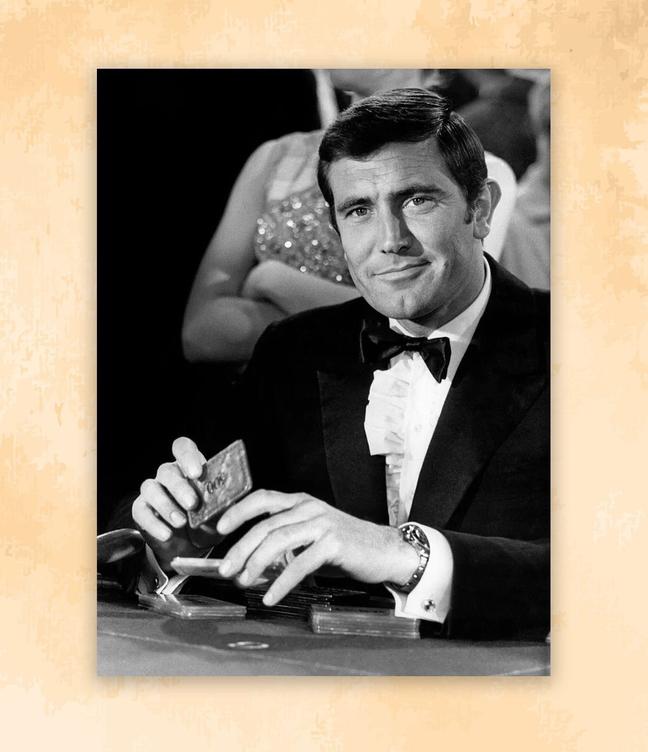
Who is he? Like we need to tell you. Ian Fleming’s iconic superspy first appeared in the pages of 1953’s Casino Royale. A British Secret Service agent, he has since appeared in tens of novels and a 25 film-strong franchise.
What does he wear? In a 1962 letter Fleming wrote to Playboy, he revealed Bond’s go-to get-up. “A two-button single-breasted dark blue tropical worsted suit with no handkerchief in the breast pocket; a black leather belt; a white sleeveless Sea Island cotton shirt; black, square toed casual shoes; a thin black knitted silk tie with no pin; dark blue socks; and a Rolex Oyster Perpetual.”
Why does he make the cut? Because Bond’s style feels real. Thanks to Fleming’s proclivity to drop brand names — from that Rolex watch to his Cartier cufflinks in Moonraker — any man could conceivably follow in 007’s footsteps.
#2: Patrick Bateman, from ‘American Psycho’
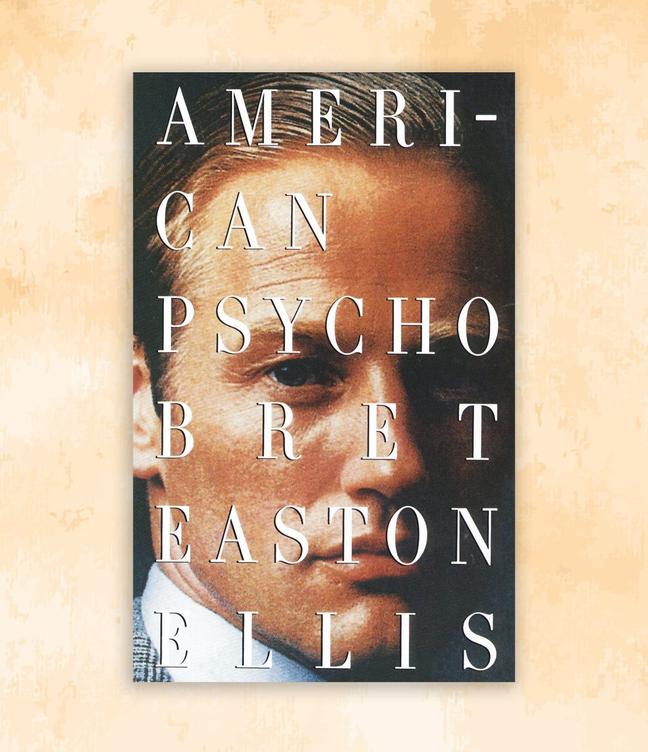
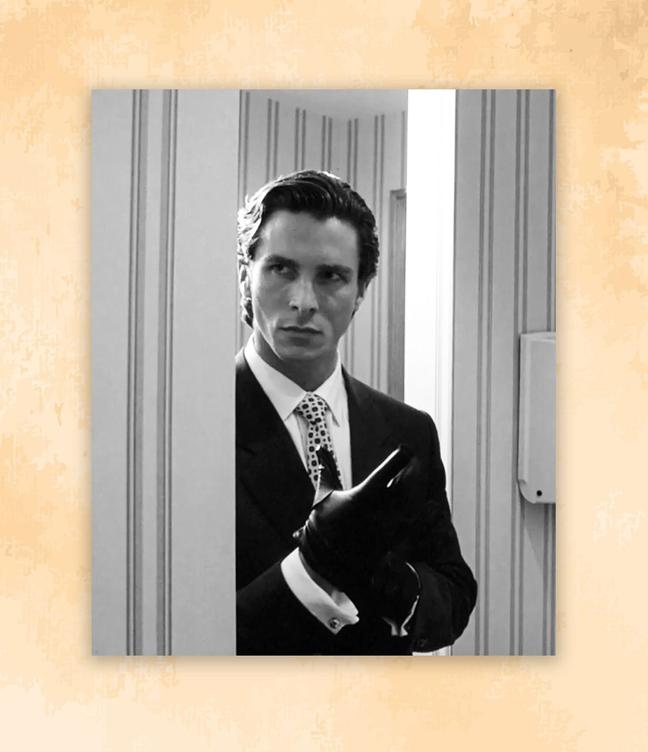
Who is he? The anti-hero and protagonist of Bret Easton Ellis’ American Psycho. The 1991 novel is erratic, disturbing and disillusioned — and hinges on the trimly-tailored, yuppie-cum-serial-killer Bateman.
What does he wear? If you thought Fleming’s James Bond liked a designer brand, just read this passage from American Psycho:
“The suit I wear today is from Alan Flusser. It’s an eighties drape suit, which is an updated version of the thirties style. The favoured version has extended natural shoulders, a full chest and a bladed back. The soft-rolled lapels should be about four inches wide with the peak finishing three quarters of the way across the shoulders. Properly used on double-breasted suits, peaked lapels are considered more elegant than notched ones. Low-slung pockets have a flapped double-besom design—above the flap there’s a slit trimmed on either side with a flat narrow strip of cloth. Four buttons form a low-slung square; above it, about where the lapels cross, there are two more buttons. The trousers are deeply pleated and cut full in order to continue the flow of the wide jacket. An extended waist is cut slightly higher in the front. Tabs make the suspenders fit well at the centre back. The tie is a dotted silk design by Valentino Couture. The shoes are crocodile loafers by A. Testoni.”
Why does he make the cut? Need we say anymore? It’s clearly not style to the taste of most men, but Bateman’s commitment to the power-suiting cause is enough to secure his second place ranking.
#1: Jay Gatsby, from ‘The Great Gatsby’
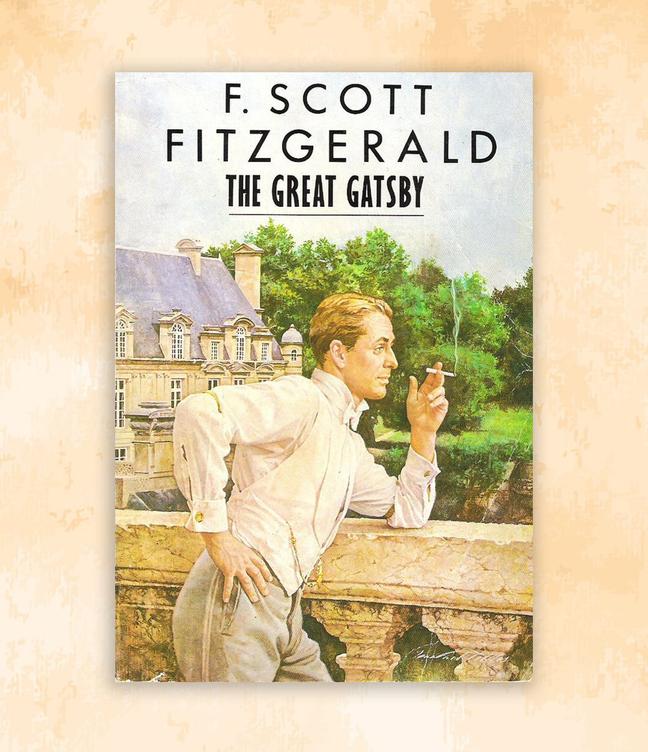
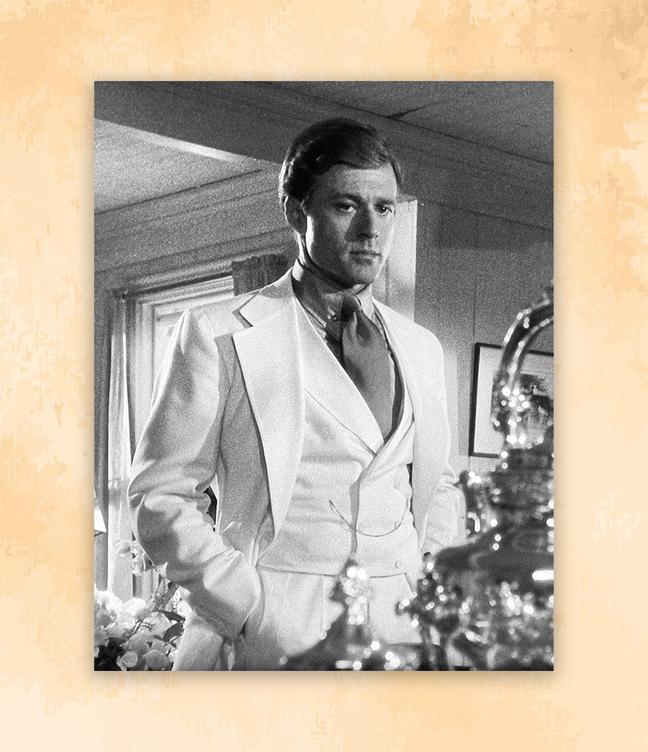
Who is he? He’s the greatest thing about The Great Gatsby. Written into being by F. Scott Fitzgerald in 1925, Gatsby — real name ‘James Gatz’ — fought, begged and borrowed his way up the social ladder to live the high life.
What does he wear? From his “caramel-coloured suit” to his shirts “piled like bricks in stacks a dozen high”, Gatsby adores his clothes; almost worshipping them. In his West Egg home, “two hulking patent cabinets [hold] his massed suits and dressing-gowns and ties”.
Why does he make the cut? Because of Fitzgerald’s luminous writing. Whether it’s the “white flannel suit, silver shirt, and gold-coloured tie” replicated in every screen adaptation, or the description of those shirts — “with stripes and scrolls and plaids in coral and apple-green and lavender and faint orange, with monograms of Indian blue” — this is a character who lives and breathes for his lavish, extravagant clothes.
Want more literature? Here are 30 books every gentleman should read before he dies…
Become a Gentleman’s Journal member. Find out more here.

Become a Gentleman’s Journal Member?
Like the Gentleman’s Journal? Why not join the Clubhouse, a special kind of private club where members receive offers and experiences from hand-picked, premium brands. You will also receive invites to exclusive events, the quarterly print magazine delivered directly to your door and your own membership card.


